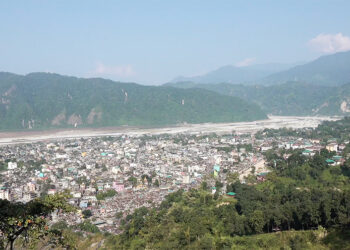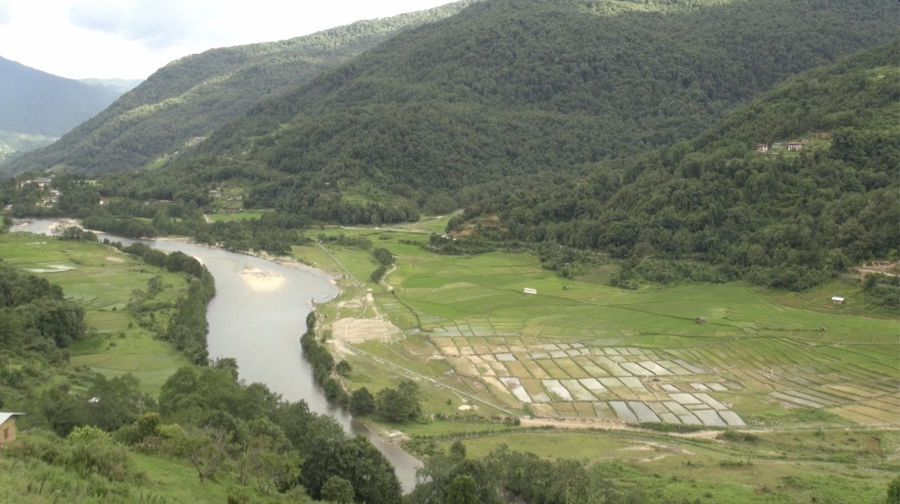 Farmers of Bumdeling Gewog in Trashi Yangtse have been losing interest in cultivating finger millet due to limited market opportunities and changing dietary habits. To revive finger millet cultivation through crop diversification, a farmers’ group was formed in 2023. However, machine breakdown and shortage of packaging materials have prevented large-scale production. To support the initiative, the district has allocated Nu 3.5 M this financial year to construct a food-processing unit and repair existing machinery.
Farmers of Bumdeling Gewog in Trashi Yangtse have been losing interest in cultivating finger millet due to limited market opportunities and changing dietary habits. To revive finger millet cultivation through crop diversification, a farmers’ group was formed in 2023. However, machine breakdown and shortage of packaging materials have prevented large-scale production. To support the initiative, the district has allocated Nu 3.5 M this financial year to construct a food-processing unit and repair existing machinery.
Kuenga Lekpa Ngarzey Group began producing millet-based food items soon after its formation. Members collect finger millet from local farmers and process it at their centre in Bumdeling.
Depending on the product, they mix in various ingredients and produce six to eight different items.
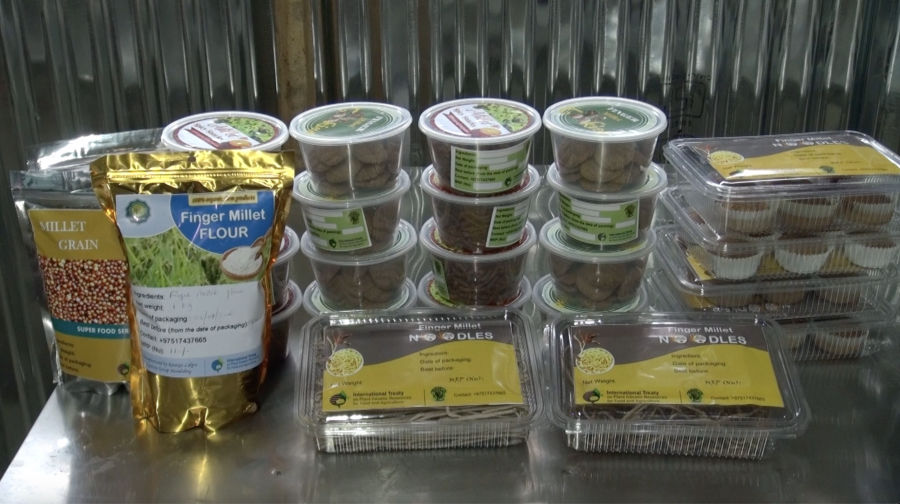
The finished products are packed in containers and sold in Trashi Yangtse town. So far, the group has earned around Nu 200,000 from the sales.
Some members have also received training in millet-based food processing and baking, both in Bhutan and Nepal.
Originally formed in 2017, the group became inactive due to a lack of machinery and the departure of several members. It was reformed in 2023 and now has seven active members.
“So far, we have mainly been making millet biscuits, noodles and snacks that go well with drinks. Now, we are starting to produce cupcakes, bread and local noodles. Our goal is to make all kinds of millet-based products available in the locality. However, we are currently facing issues with our main baking machine,” said Tshering Ngidup, Chairperson, Kuenga Lekpa Ngarzey Group, Bumdeling Gewog, Trashi Yangtse.
Finger millet is known for its ability to grow in diverse climates, including drought-prone areas. It is particularly known for its high calcium content, making it beneficial for bone health.
The group has been selling its products in Trashi Yangtse town and during national events. With recent support for packaging materials, they are now exploring markets in other districts.
“First, we formed a group. Then, the government supported us with various machines. We are committed to working hard and if our business does well, I think our farmers, who now focus more on paddy may return to millet cultivation. Our goal is to revive finger millet cultivation,” added Tshering Ngidup, Chairperson, Kuenga Lekpa Ngarzey Group.
The current infrastructure and machinery worth Nu 2 M, were set up with support from the International Treaty on Plant Genetic Resources for Food and Agriculture and the HANAS Project. The National Biodiversity Centre led the project in collaboration with ARDC Wengkhar, Trashi Yangtse district, and the National Post-Harvest Centre in Lingmithang.
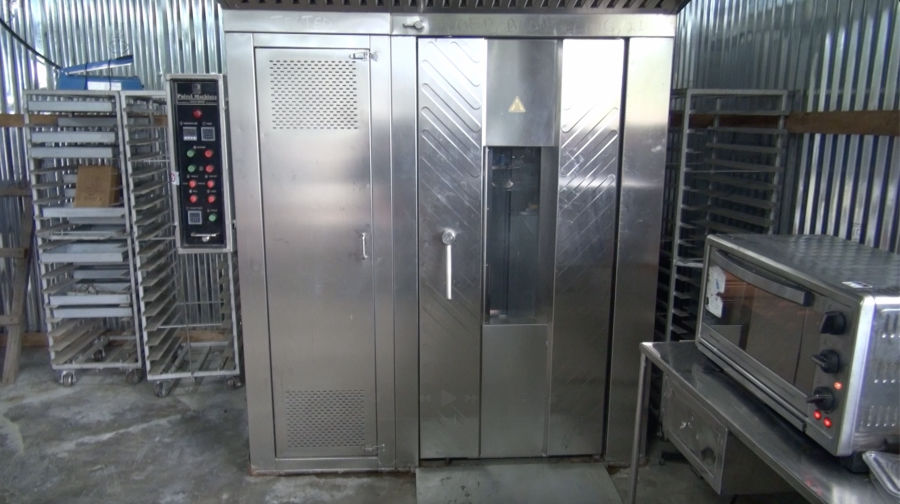
Bumdeling is the highest finger millet-producing gewog in Trashi Yangtse. However, production has declined over the years.
Currently, round 160 households cultivate finger millet in the gewog. Last year, the gewog produced around 50 metric tonnes.
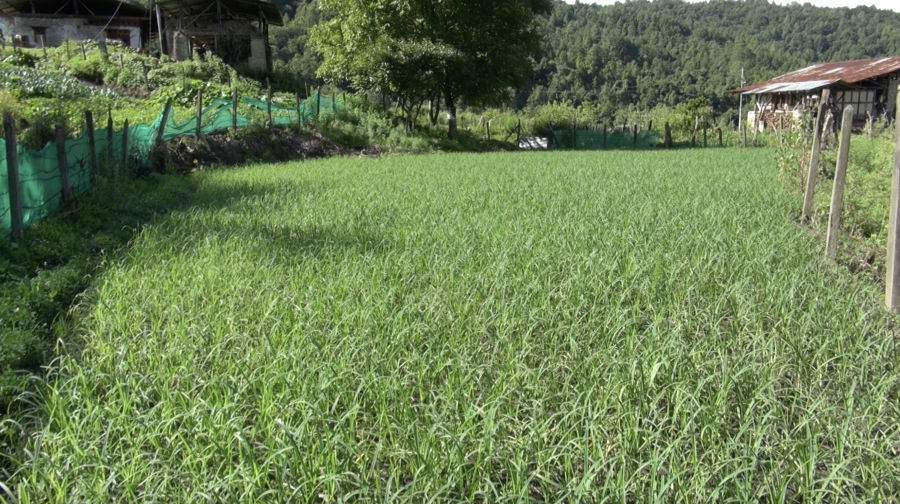
Sonam Darjay, Trashi Yangtse
Edited by Sonam Pem








